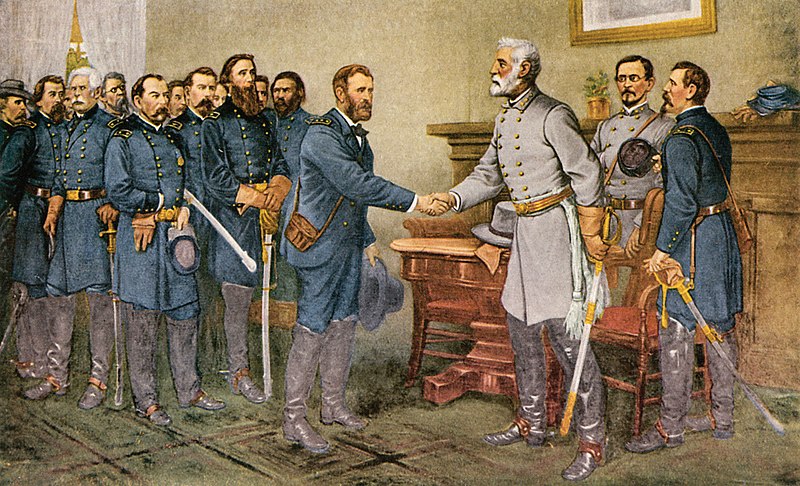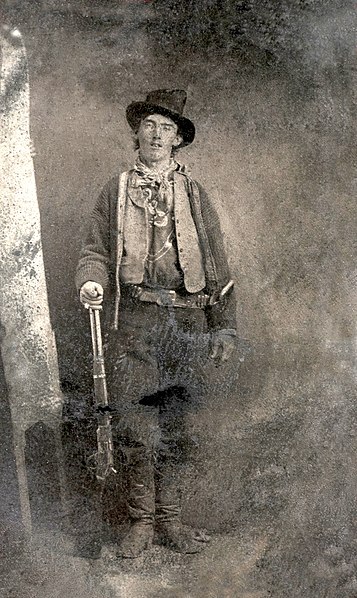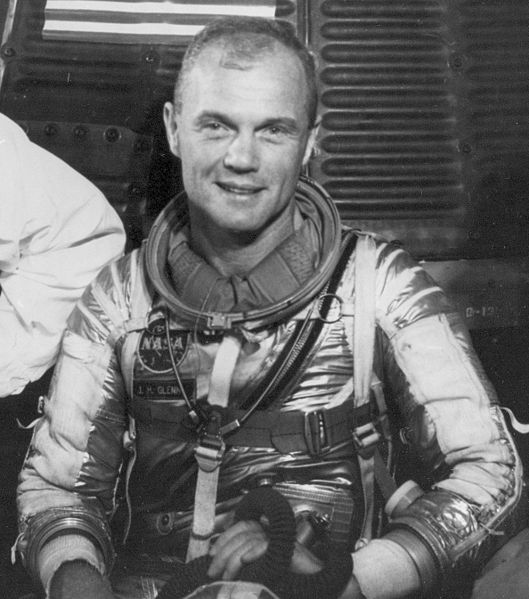This article takes a concise look at key historical events that occurred on April 9th, covering a range of significant occurrences from military battles and scientific breakthroughs to cultural achievements.
Each event encapsulates a moment of change or advancement, illustrating the diverse and dynamic tapestry of human history and its impact on the world today.
Through this exploration, we gain insights into the milestones that have contributed to shaping modern society and the ongoing journey of human progress.
April 9th Events in History
1388: Timurid conqueror Timur defeats the Ottoman forces in the Battle of Kosovo, significantly influencing the region
This significant conflict occurred between the forces of the Timurid Empire, led by Timur (also known as Tamerlane), and the Ottoman Empire. The battle is part of Timur’s campaign to expand his empire into the Anatolian peninsula, directly challenging Ottoman dominance in the region.
Also Read: April 8 – On this Day in History
The victory for Timur at Kosovo was decisive, dealing a severe blow to the Ottoman forces and marking a high point in Timur’s military conquests. It significantly influenced the power dynamics in the region, temporarily halting Ottoman expansion.
1682: Dutch astronomer Christiaan Huygens discovers Titan, Saturn’s largest moon
Christiaan Huygens, a prominent Dutch astronomer, mathematician, and physicist, made a groundbreaking discovery by identifying Titan, the largest moon of Saturn.
Utilizing a telescope of his own design, Huygens’s observation of Titan was a monumental achievement in the field of astronomy.
Also Read: April 10th Events in History
It marked the first discovery of a moon orbiting Saturn and expanded the understanding of the solar system. Huygens’s work contributed significantly to the scientific revolution, illustrating the vastness and complexity of space.

1865: The American Civil War effectively ends with General Robert E. Lee’s surrender to Union General Ulysses S. Grant at Appomattox Court House
On this day, one of the most critical moments in United States history unfolded at Appomattox Court House, Virginia. General Robert E. Lee, leading the Confederate Army of Northern Virginia, surrendered to Union General Ulysses S. Grant, effectively ending the American Civil War.
This event marked the culmination of four years of intense and bloody conflict, which had significant implications for the nation, including the preservation of the Union and the end of slavery.
The surrender at Appomattox is remembered as a pivotal moment in the struggle to define the values and future direction of the United States.
1866: Ulysses S. Grant, later to become the U.S. President, is reported to have been arrested for speeding in his horse buggy
An interesting anecdote from American history involves Ulysses S. Grant, the Civil War hero and future president of the United States.
According to reports, Grant was arrested for speeding in his horse buggy. This incident is noteworthy not only for its rarity (a sitting president being arrested) but also because it reflects the personal and somewhat relatable aspects of historical figures who are often only remembered for their public personas and official acts.
1867: The United States Senate ratifies the Treaty of Cession, officially purchasing Alaska from Russia
This year marked the United States’ acquisition of Alaska from Russia, a transaction commonly referred to as the “Alaska Purchase.” The treaty, ratified by the U.S. Senate, involved the transfer of the Alaskan territory from Russia to the United States for $7.2 million.
At the time, the purchase was met with skepticism and was colloquially dubbed “Seward’s Folly,” after Secretary of State William H. Seward, who orchestrated the deal.
However, the acquisition of Alaska proved to be of immense strategic and economic value to the United States, rich in natural resources and significantly expanding the nation’s territory.

1881: Outlaw Billy the Kid is convicted of murder
Henry McCarty, better known by his alias Billy the Kid, was a notorious outlaw in the American Old West. In 1881, he was convicted of the murder of Sheriff William Brady, a crime committed during the Lincoln County War in New Mexico.
Billy the Kid’s life is a saga of cattle rustling, gunfights, and escapes from custody, reflecting the lawlessness of the time. His trial and conviction in April were pivotal; however, he later escaped from jail, killing two guards in the process, which led to a manhunt ending in his death.
Billy the Kid remains a legendary figure of American folklore, symbolizing the wildness of the frontier era.
1917: The Battle of Arras begins during World War I, with British and Canadian forces launching a major offensive against German positions in northern France
The Battle of Arras was a major operation by the British Army in the First World War. Beginning on April 9, 1917, it was part of a planned offensive by British and French forces. The battle is noted for the extensive use of tunneling and mining operations by the British, leading to significant initial gains.
However, it ultimately resulted in a stalemate, with high casualties on both sides. The Battle of Arras is remembered for its tactical innovations, including the first large-scale use of the creeping barrage, and the participation of Canadian troops in taking Vimy Ridge, a significant and symbolically important victory.
1940: Germany invades Denmark and Norway during World War II, leading to their occupation
This operation, known as Operation Weserübung, was a crucial early phase of World War II. The invasion of Denmark and Norway by Nazi Germany was strategically aimed at securing shipments of iron ore from Sweden, which were critical to the German war effort.
Denmark was occupied within hours due to its lack of military preparedness and the surprise of the attack. Norway offered more resistance but eventually succumbed after two months of fighting.
The occupation had significant implications for the naval war in the Atlantic and the security of the Arctic convoy routes.
1942: Troops surrender in Bataan, Philippines, in the largest-ever U.S. surrender
Following the surrender of American and Filipino forces on the Bataan Peninsula in the Philippines to the Japanese Army during World War II, the captured soldiers were forced to march approximately 65 miles under severe conditions.
This event, known as the Bataan Death March, resulted in the deaths of thousands due to starvation, dehydration, and brutal treatment by captors.
The march is remembered as one of the most horrific war crimes of the Pacific War, symbolizing the harsh realities of the conflict and the suffering endured by soldiers and civilians alike.
1947: A severe tornado hits Woodward, Oklahoma, leveling 200 residential blocks and killing 107 people
On April 9, 1947, one of the deadliest tornadoes in U.S. history struck Woodward, Oklahoma. Part of a larger tornado outbreak across the Great Plains, the Woodward tornado resulted in over 100 deaths and significant destruction over a wide area.
The tornado highlighted the vulnerability of communities to severe weather events and led to improvements in storm prediction and emergency response strategies. The disaster remains a poignant reminder of nature’s power and the importance of preparedness in mitigating the impact of such events.

1959: NASA introduces America’s first astronauts to the public, marking the start of the U.S. manned spaceflight program
This year marked a significant milestone in the history of space exploration when NASA introduced the Mercury Seven, America’s first astronauts. This elite group consisted of military test pilots, including Alan Shepard, John Glenn, and Gus Grissom, who were selected to lead the United States into space.
Their introduction symbolized the beginning of the U.S. manned space program, a response to the Soviet Union’s early successes in space exploration.
The selection of these astronauts was based on rigorous physical and psychological testing, reflecting the demands and unknowns of space travel. Their missions laid the groundwork for future U.S. space endeavors, including the Apollo moon landings.
1965: The Astrodome, the world’s first multi-purpose domed sports stadium, officially opens in Houston, Texas
The Houston Astrodome, officially named the Harris County Domed Stadium, made history as the world’s first multi-purpose, domed sports stadium. Its opening heralded a new era in the design and construction of large sporting venues, featuring a roof that made it impervious to weather conditions, thus allowing for year-round use.
The Astrodome was dubbed the “Eighth Wonder of the World” because of its innovative design, which included luxury boxes, a massive scoreboard, and artificial turf, known as Astroturf. This innovation influenced the design of future stadiums worldwide, making it a landmark in architectural and sports history.
1967: The first Boeing 737 makes its maiden flight, revolutionizing short-haul air travel
The Boeing 737, a narrow-body aircraft, completed its maiden flight in 1967, marking the introduction of one of the most popular and widely used jetliners in the world.
Designed for short to medium routes, the 737 became a staple for airlines due to its reliability, efficiency, and versatility. The aircraft’s design, featuring a low-to-ground structure for easy boarding and cargo loading, revolutionized commercial aviation.
Its success led to numerous variants over the years, making it the best-selling commercial jetliner in history. The 737’s impact on air travel is profound, connecting cities and countries with unprecedented efficiency.
1969: The “Chicago Eight” plead not guilty to federal conspiracy charges
The trial of the “Chicago Eight” (later the “Chicago Seven”) was a significant legal and cultural event in the United States, reflecting the tumultuous era of the 1960s.
These men were charged with conspiracy and inciting to riot as a result of the violent clashes between police and anti-Vietnam War protesters during the 1968 Democratic National Convention in Chicago.
The trial became a spectacle of the era’s political and social divisions, featuring outspoken defendants, theatrical courtroom confrontations, and widespread media attention. It highlighted the deep societal cleavages over the Vietnam War and the civil rights movement, underscoring the era’s contentious spirit.
1984: Violence at picket lines during the UK Miners Strike leads to hundreds of picketers arrested during violent clashes
The miners’ strike of 1984-1985 was one of the most significant industrial actions in British history, marking a bitter conflict between the National Union of Mineworkers (NUM) and Margaret Thatcher’s Conservative government.
The strike, which lasted for a year, was primarily over the closure of coal mines, which the government argued were unprofitable. Violent clashes between miners and police, mass picketing, and deep community impacts characterized this period.
The strike’s failure for the NUM represented a turning point in British labor history, significantly weakening the power of trade unions and shifting the landscape of British industrial relations.
1986: The French government rules against the privatization of leading French carmaker Renault
In a significant economic and political decision, the French government ruled against the full privatization of Renault, one of France’s leading car manufacturers. Instead, it agreed to sell a portion of its shares to the public, marking a step towards liberalizing its economy while retaining a substantial stake in key industrial sectors.
This decision reflected the broader context of economic reforms in France during the 1980s, balancing between socialist principles and the need for modernization and efficiency in its state-owned enterprises.
Renault’s partial privatization was a sign of the changing times, moving towards a more market-oriented approach while ensuring strategic interests were safeguarded.
1989: The Solidarity movement holds its first legal demonstration in Poland since martial law was imposed in 1981
The Solidarity movement, a trade union and symbol of resistance against Communist rule in Poland, held its first legal demonstration since martial law was imposed in 1981. This event was a pivotal moment in the fight for freedom and democracy in Eastern Europe, signaling the beginning of the end for Communist dominance in the region.
Solidarity’s demonstration not only represented a significant victory for the Polish opposition but also inspired other freedom movements across the Soviet Bloc.
The peaceful nature of the protests and the negotiations that followed eventually led to the first partially free elections in Poland in 1989, setting the stage for the fall of Communism in Eastern Europe.
1991: The World Wide Web becomes publicly available as a service on the internet
The World Wide Web, invented by Sir Tim Berners-Lee, became publicly available on the internet in 1991. This momentous event marked the beginning of a new era in information and communication technology, fundamentally changing the way people access information, communicate, and conduct business.
The Web’s introduction democratized access to information, laying the groundwork for the global, interconnected digital world we live in today. Its impact on society, culture, and the economy has been profound, facilitating the emergence of new industries, social movements, and ways of connecting across the globe.
1992: Former Panamanian ruler Manuel Noriega is convicted in Miami of drug and racketeering charges
Former Panamanian ruler General Manuel Noriega was convicted in Miami on drug and racketeering charges in 1992. This event was the culmination of a controversial period in U.S.-Panama relations, including Noriega’s involvement in drug trafficking and his role in the political turmoil in Panama.
Noriega’s conviction highlighted the complex interplay between international politics and the global fight against narcotics. His trial and subsequent imprisonment in the United States raised questions about sovereignty, the extent of U.S. jurisdiction, and the methods used by the U.S. to pursue its foreign policy objectives.
2003: Baghdad falls to U.S. forces, marking a significant moment in the Iraq War
The fall of Baghdad in April 2003 marked a critical point in the Iraq War, as U.S. and coalition forces took control of the Iraqi capital, effectively ending the regime of Saddam Hussein. This event was broadcast worldwide, symbolizing the collapse of one of the most enduring dictatorships in the Middle East.
The fall of Baghdad led to a complex and challenging period of occupation, reconstruction, and efforts to establish a democratic government in Iraq. It also initiated a long-term debate over the justification, outcomes, and strategic planning of the Iraq War, with significant implications for international law, security, and diplomacy in the 21st century.
